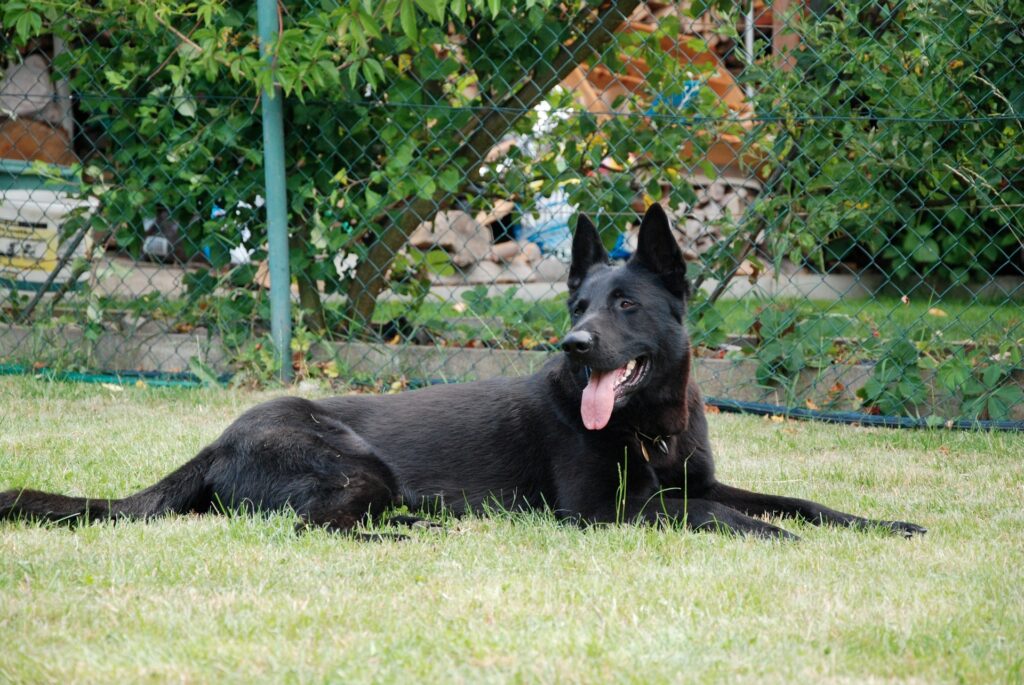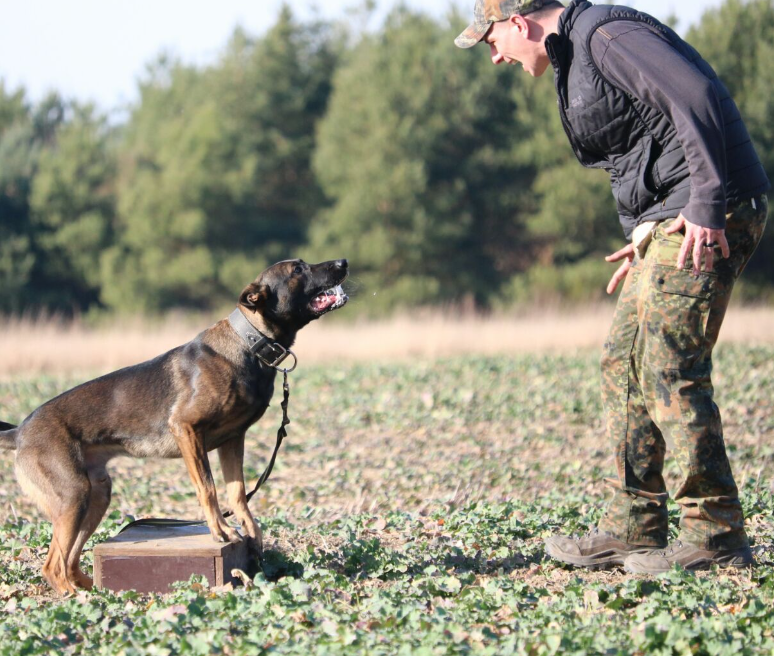
Every dog owner dreams of having a well-behaved, polished pooch. A dog that not only obeys commands but also exhibits good manners can bring immense joy and pride to any household. Training your dog in basic manners is essential for a harmonious life together and ensures that your furry friend is a welcome presence in any situation. Let’s explore the ABCs of doggy manners to help you master the art of training a polished pooch.
A is for Attention
The Foundation of Good Manners
Attention is the cornerstone of training. Before teaching your dog any specific behaviors, you need to ensure they can focus on you despite distractions.
Training Tips:
- Eye Contact Exercise: Hold a treat near your face and wait for your dog to make eye contact. Reward them immediately. Gradually increase the duration of eye contact before giving the treat.
- Name Recognition: Call your dog’s name and reward them when they look at you. This reinforces that their name means to pay attention to you.
B is for Basic Commands
Essential Commands for a Well-Mannered Dog
Mastering basic commands is crucial for both safety and good behavior. These commands form the basis of your dog’s manners and can prevent many common issues.
Training Tips:
- Sit: Hold a treat above your dog’s head and move it back towards their tail. As they follow the treat with their nose, their bottom will naturally lower into a sit. Reward them immediately.
- Stay: Start with your dog in a sit position. Show the palm of your hand and say “stay.” Take a step back and reward them if they remain seated. Gradually increase the distance and duration.
- Come: Call your dog’s name followed by the command “come” in a cheerful tone. Reward them generously when they come to you.
- Leave It: Hold a treat in your closed hand and let your dog sniff. When they stop trying to get the treat, reward them from your other hand. This teaches them to leave objects alone when told.
C is for Consistency
The Key to Successful Training
Consistency is crucial in dog training. Mixed signals can confuse your dog, making it harder for them to learn and exhibit good manners.
Training Tips:
- Set Clear Rules: Decide on the rules and ensure everyone in the household follows them. If jumping on the couch is not allowed, it must be consistent for everyone.
- Regular Practice: Practice commands and manners daily. Short, frequent training sessions are more effective than long, infrequent ones.
- Positive Reinforcement: Always reward good behavior. Positive reinforcement encourages your dog to repeat the desired behavior.
Beyond the ABCs: Advanced Manners
Once your dog has mastered the basics, you can move on to more advanced manners to further polish their behavior.
Polite Greetings
Teach your dog to greet people calmly without jumping.
Training Tips:
- Ignore Excitement: If your dog jumps when greeting, turn away and ignore them until they are calm. Reward them when all four paws are on the ground.
- Sit for Attention: Ask your dog to sit before they get attention from you or guests. Reward them for staying seated.
Walking Nicely on Leash
A dog that walks nicely on a leash is a pleasure to take on walks.
Training Tips:
- Heel Command: Teach your dog to walk beside you by using a treat to guide them into position. Reward them frequently for staying by your side.
- Stop and Go: If your dog pulls, stop walking. Resume walking only when the leash is slack. This teaches them that pulling does not get them where they want to go.
Wait Command
The “wait” command is useful for preventing your dog from rushing out doors or jumping out of the car.
Training Tips:
- At Doorways: Ask your dog to sit and wait before you open a door. Only allow them through once you give the release command.
- In the Car: Use the same method to teach your dog to wait before jumping out of the car.
Patience and Persistence
Training a polished pooch takes time and patience. Dogs, like people, learn at their own pace, and setbacks are normal. Stay patient, persistent, and always use positive reinforcement to encourage good behavior. With consistent effort and love, your dog will master the ABCs of doggy manners and become the polished pooch you’ve always dreamed of.
Conclusion
A well-mannered dog is not only a joy to live with but also a great representative of responsible pet ownership. By focusing on attention, mastering basic commands, and maintaining consistency, you’ll be well on your way to having a polished pooch. Remember, training is an ongoing process, and every small step forward is a victory worth celebrating. Happy training!


